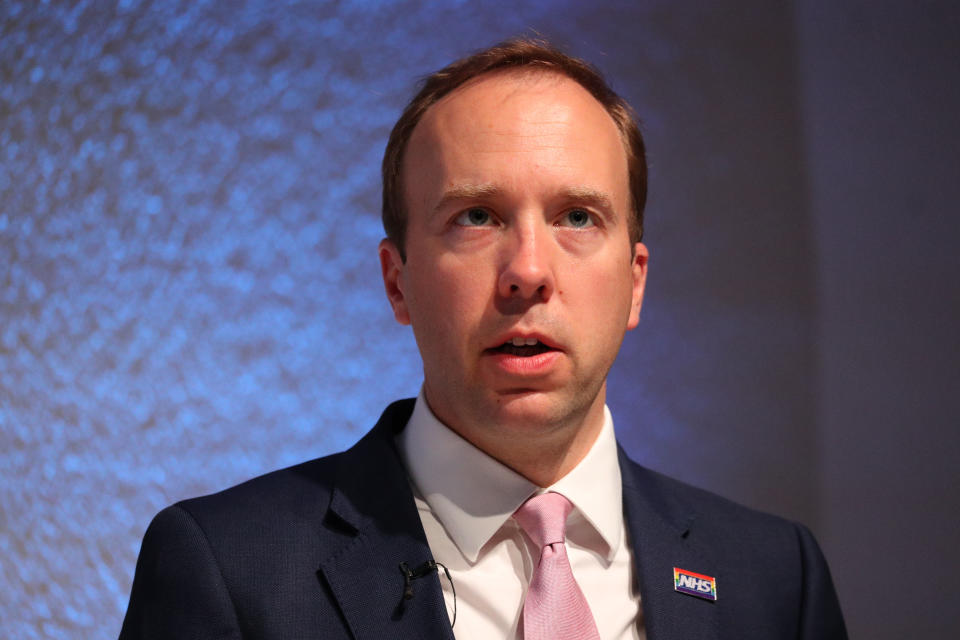Bolton sees highest coronavirus infection rate in the country despite local lockdown

Bolton now has the highest number of new coronavirus cases in England, despite the region being in a local lockdown since the 31 July.
Some 220 new cases were recorded in the seven days up to 31 August – the equivalent of 76.5 per 100,000 people, up sharply from 17.4 in the seven days to 24 August, according to PA analysis.
A local lockdown was brought in across Greater Manchester on 31 July after rise in cases across the area as a whole.
Public Health England data now shows the borough’s current infection rate is the highest seen since the start of May, prompting questions as to why cases are rising while lockdown measures are in place.
Bolton was put on ‘red alert’ on Monday after the number of new infections spiked.
The government puts any borough in the country on red alert when the rate goes above 50 cases per 100,000 people.

Measures in Bolton and Trafford were due to be eased overnight on Wednesday after a fall in cases earlier in August. But they now “remain under existing restrictions" following "a significant change in the level of infection rates over the last few days" in another U-turn by the government.
Both Bolton and Trafford councils had demanded local lockdowns be kept in place for another week or two "in the interests of public safety".
Read more: The 20 places in England with the highest COVID infection rates
Health secretary Matt Hancock later announced that the existing lockdowns would continue, saying infection rates had increased by "more than three times in Bolton in under a week, and double in Trafford since the last review".
"We have always been clear we will take swift and decisive action where needed to contain outbreaks," he added.
The restrictions mean residents in Bolton and Trafford are still not be able to socialise with other households their own homes and gardens, or indoors in pubs or restaurants.

When lockdown was introduced in Greater Manchester at the end of July, there had been a total of 57 cases in the previous week in Bolton.
But a week later, on 7 August, the seven-day total had risen to 83.
From the week beginning the 8 August, new cases had risen again to 84.
Following a significant change in the level of infection over the last few days, Bolton and Trafford will remain under existing restrictions.
This decision has been made in collaboration with local leaders after reviewing the latest data.
More info: https://t.co/uBZRHmV8O7— Department of Health and Social Care (@DHSCgovuk) September 2, 2020
In the seven days to 31 August the rate in Pendle increased from 60.8 to 71.7, with 66 new cases, meaning it has the second highest rate of new infections.
Rossendale is in third place, where the rate has jumped from 15.4 to 64.4 with 46 new cases.
Other areas recording notable week-on-week jumps include Bradford (up from 41.5 to 56.5, with 305 new cases), South Tyneside (up from 15.9 to 51.7, with 78 new cases) and Corby (up from 23.5 to 48.5, with 35 new cases).
Coronavirus: what happened today
Click here to sign up to the latest news, advice and information with our daily Catch-up newsletter

 Yahoo Sports
Yahoo Sports 
